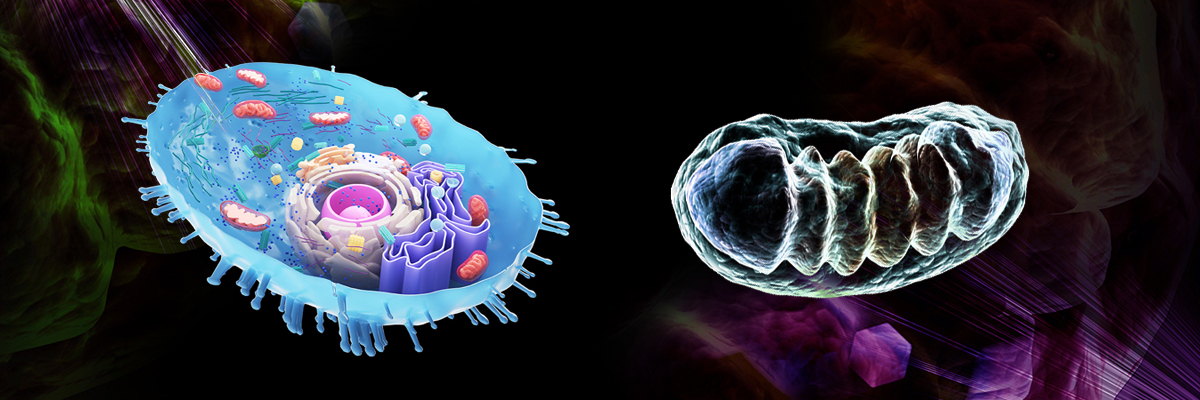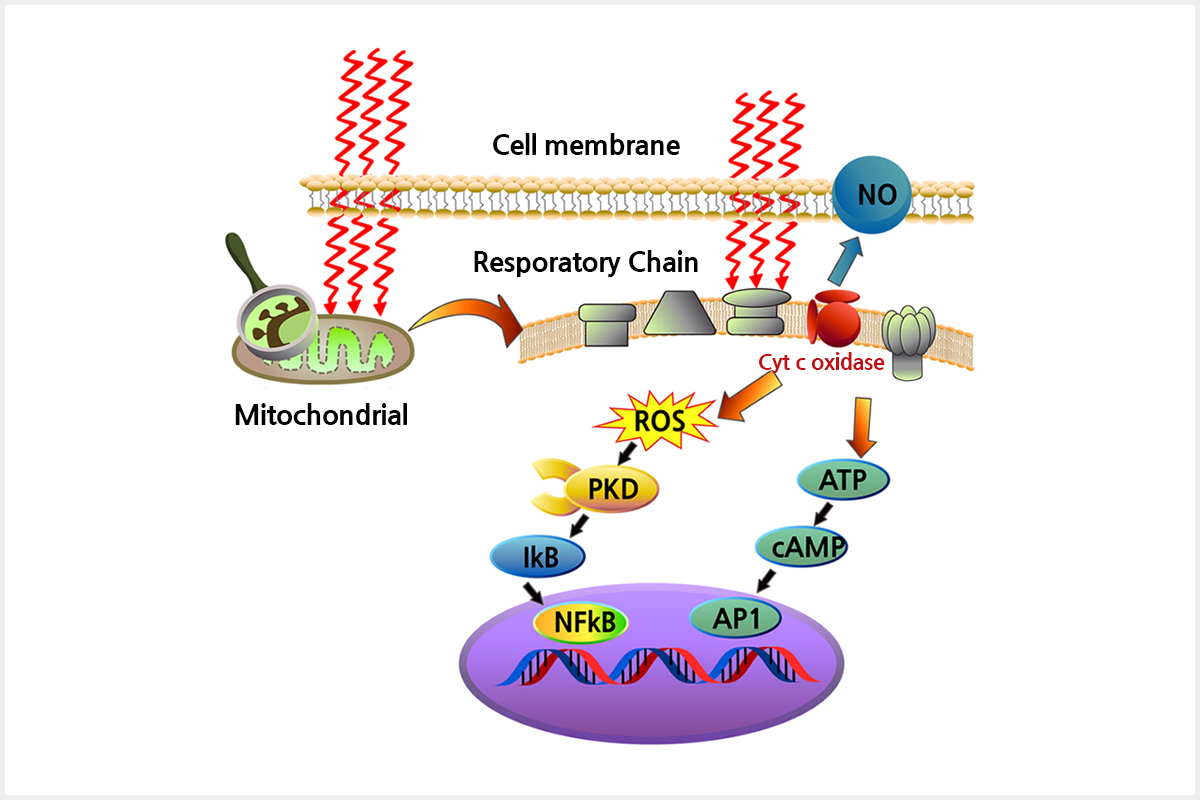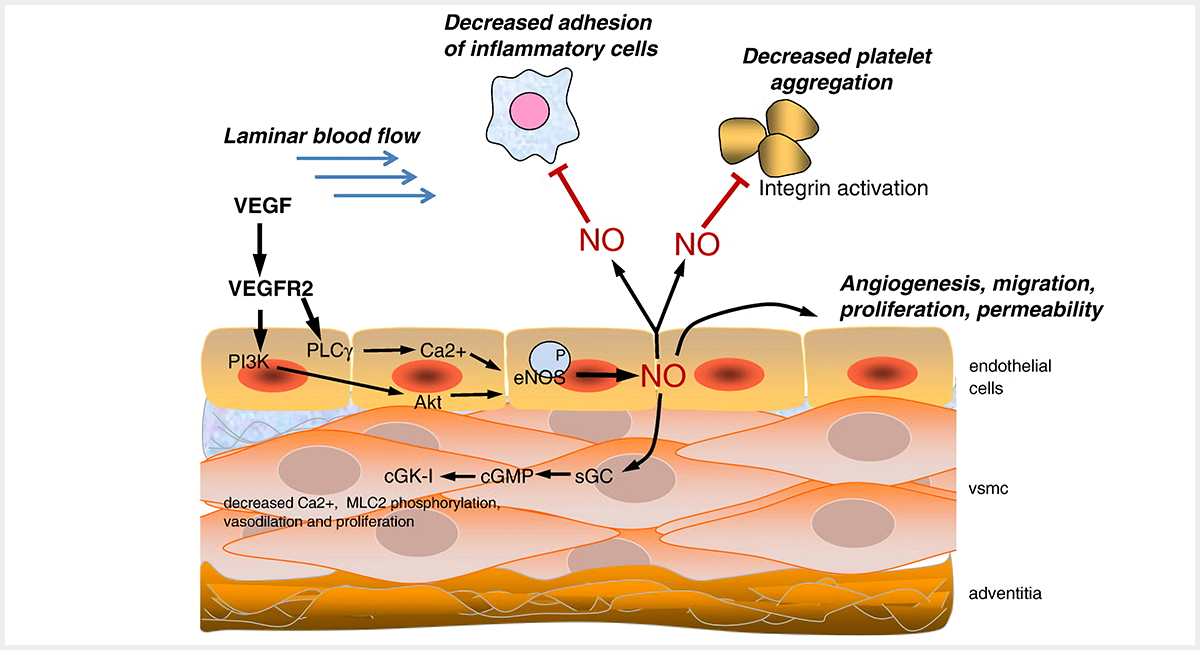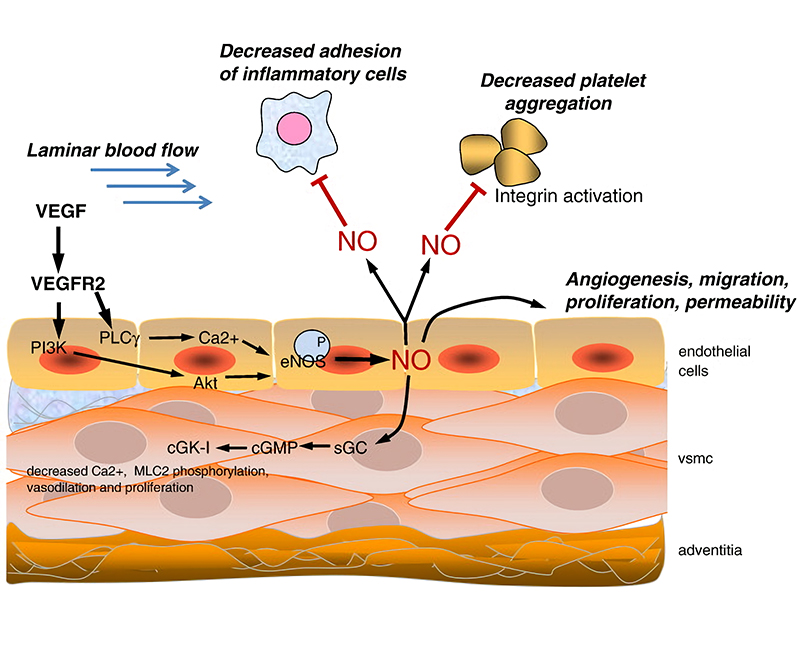 Mitochondria, the core of a cell, uses enzymes such as cytochrome c oxidase (CCO) to produce bioenergy source ATP (Adenosine-triphosphate) when nutrients and oxygen from large intestine and lungs reaches mitochondria via vessels. Recent physiologists discovered the fact that certain wavelength spectrum of near-infrared ray light source irradiation on CCO enzyme greatly activates ATP synthesis.
*Cytochrome C oxidase (COO): an enzyme in mitochondria that plays a critical role in ATP production. Dr. Otto Warburg, who received two Nobel prizes have discovered this.
Mitochondria, the core of a cell, uses enzymes such as cytochrome c oxidase (CCO) to produce bioenergy source ATP (Adenosine-triphosphate) when nutrients and oxygen from large intestine and lungs reaches mitochondria via vessels. Recent physiologists discovered the fact that certain wavelength spectrum of near-infrared ray light source irradiation on CCO enzyme greatly activates ATP synthesis.
*Cytochrome C oxidase (COO): an enzyme in mitochondria that plays a critical role in ATP production. Dr. Otto Warburg, who received two Nobel prizes have discovered this.
 Photobiology
Photobiology is a study of effect of specific ionized radiation on biological system.
Biological effect of light differs depending on the wavelength range of the radiation. Radiation is absorbed through DNA, protein or molecule of certain medicine that is used on the skin. This molecule transforms into a substance that causes a chemical/biochemical reaction within the cell.
(specific ionized radiation is also known as non-ionized radiation, and it indicates visible ray and near-infrared ray) Commonly called “radiation” refers to ionized radiation, and it includes alpha ray related rays such as UV-ray, alpha ray, beta ray, and gamma ray
Photobiology
Photobiology is a study of effect of specific ionized radiation on biological system.
Biological effect of light differs depending on the wavelength range of the radiation. Radiation is absorbed through DNA, protein or molecule of certain medicine that is used on the skin. This molecule transforms into a substance that causes a chemical/biochemical reaction within the cell.
(specific ionized radiation is also known as non-ionized radiation, and it indicates visible ray and near-infrared ray) Commonly called “radiation” refers to ionized radiation, and it includes alpha ray related rays such as UV-ray, alpha ray, beta ray, and gamma ray
 Photochemical response of biological system due to light is not something new
Vitamin D synthesis of the skin is an example of a photochemical reaction.
When UV-B reaches the skin, the intensity of the sunlight is just 105Mw/cm2, but it transforms 7-dehydrocholestrol, a common form of cholesterol, into Vitamin D3.
Mechanism
Until now, many researches’ collective conclusion is that low level visible rays such as red color, ,and near-infrared ray is absorbed by mitochondria which results in a more enhanced activation of ATP synthesis for cellular use. This process is followed by gene transcription and produced balanced ROS that induces cellular repair and cure. Important part of this process is to pierce through the blocked chain of neurons using nitric oxide (NO), and nitric oxide is released and returns to the system. Nitric oxide is a molecule that helps the transport and communicating of 60 trillion cells through signals. Also, it expands vessels and enhances circulation.
Photochemical response of biological system due to light is not something new
Vitamin D synthesis of the skin is an example of a photochemical reaction.
When UV-B reaches the skin, the intensity of the sunlight is just 105Mw/cm2, but it transforms 7-dehydrocholestrol, a common form of cholesterol, into Vitamin D3.
Mechanism
Until now, many researches’ collective conclusion is that low level visible rays such as red color, ,and near-infrared ray is absorbed by mitochondria which results in a more enhanced activation of ATP synthesis for cellular use. This process is followed by gene transcription and produced balanced ROS that induces cellular repair and cure. Important part of this process is to pierce through the blocked chain of neurons using nitric oxide (NO), and nitric oxide is released and returns to the system. Nitric oxide is a molecule that helps the transport and communicating of 60 trillion cells through signals. Also, it expands vessels and enhances circulation.

 Pathway
Pathway